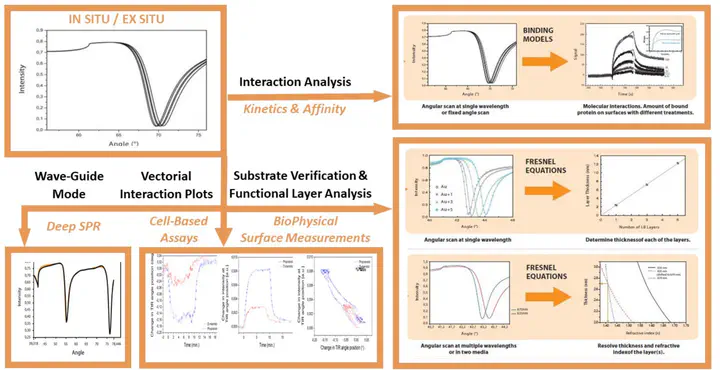HyStor: Development of Novel In-Situ Silica Sol-Gel Barrier Coatings for Mitigating Hydrogen Permeation: II – Measurement Techniques
 Applications of the Reflectance Spectrum or SPR-Curve for Dynamic Physical Measurements of Surface Layers
Applications of the Reflectance Spectrum or SPR-Curve for Dynamic Physical Measurements of Surface LayersAbstract
With the emerging focus of Hydrogen as a fuel in the Green Economy, there is an urgent need to deliver solutions related to the safe and efficient storage and transmission of Hydrogen. Two critical areas related to both cost efficiency and safety relate to the highly permeable and corrosive properties of Hydrogen molecules as a gas. One area of focus is the formation of barrier coatings to limit both hydrogen permeation and the reduction of its corrosive effects upon the underlying substrate of the storage vessel material. While the formation of barrier coatings as part of the production process of the storage vessels and piping is the primary goal, a secondary goal is to apply such protective coatings in situ within existing infrastructure, such as storage vessels and pipes. This project will focus on the synthesis and application of novel sol-gel coating materials based on Silica as a flexible approach to deposit Silica network multilayers as cost-effective barrier coatings. As part of this approach, the process of sol-gel maturation and understanding the forces that drive silica network development and interaction between hydrogen and the newly-developed coated surfaces will be studied dynamically using a range of surface-measurement instruments. This presentation highlights the key features of the Surface Plasmon Resonance (SPR) and Quartz Crystal Microbalance (QCM) technologies in relation to parallel studies on the chemical composition of the oxide network determined by Raman spectroscopy and structure shown by Scanning Electron Microscopy (SEM).